Since the turn of the century, Australian policymakers have attempted to pump housing demand via stimulatory demand-side policies.
These policies have ultimately driven mortgage debt and house prices higher, resulting in structurally worse housing affordability.
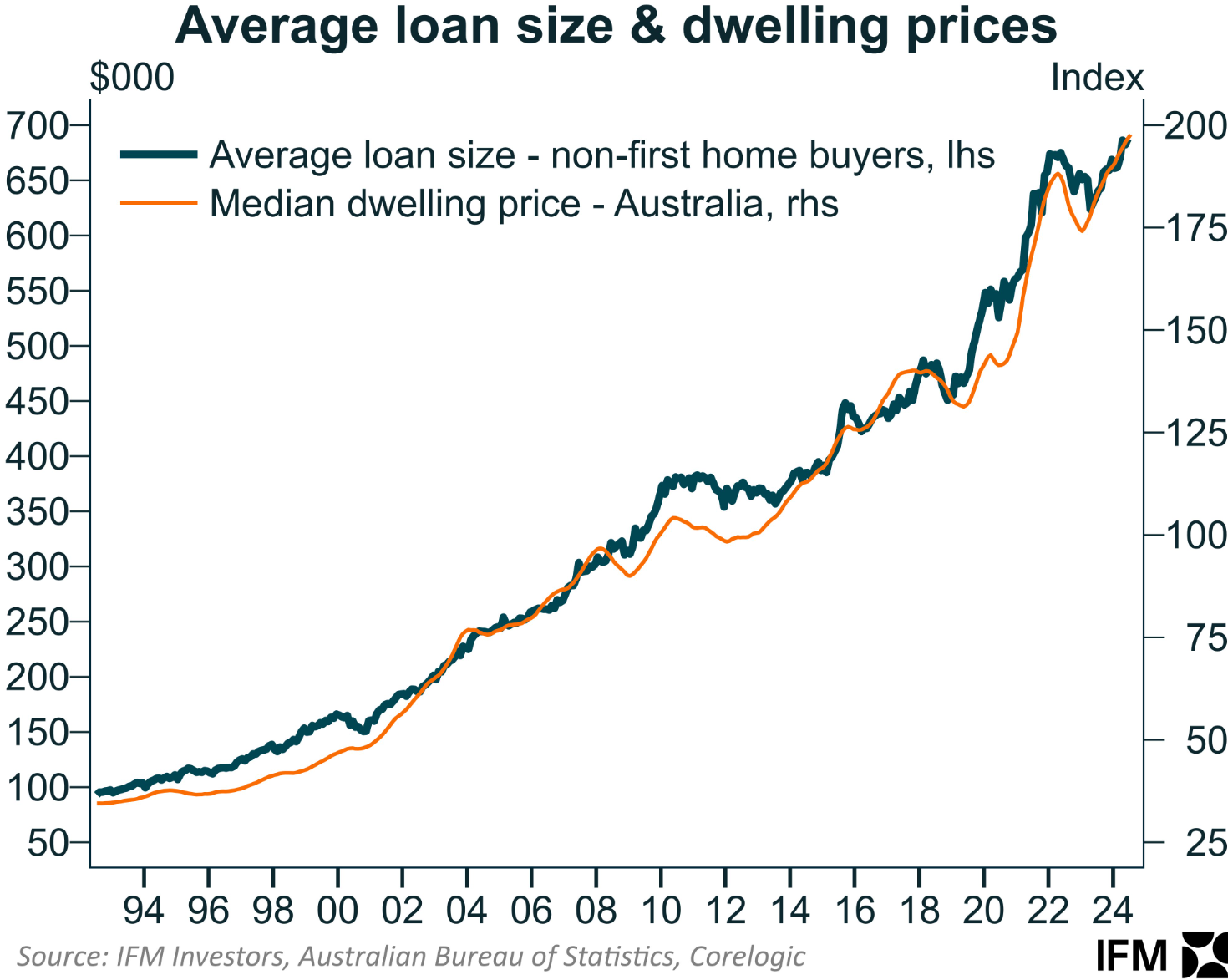
The latest federal election was another prime example of this policy folly, with both Labor and the Coalition promising further demand-side stimulus under the cover of “housing affordability”.
With Labor winning the election, the housing market will be supported by:
- Labor’s 5% deposit scheme for first home buyers, which is scheduled to come into effect on 1 January 2026.
- Labor also plans to expand the Help-to-Buy shared equity scheme.
- Labor announced a relaxation of mortgage lending rules by excluding student debts.
These reforms will boost purchasing power, housing demand, and ultimately home prices.
The New Zealand government has taken a different path. Its government has chosen to dampen housing demand by curbing tax concessions for property investors and banning foreign buyers, among other things.
New Zealand Housing Minister Chris Bishop stated that cheaper housing should be “celebrated rather than bemoaned” and that the economy needs to be decoupled from the housing market.
“We’ve got to decouple the idea that the economy is linked to house price growth. It’s not”, Bishop said.
“Destroying the idea that the New Zealand economy should just be based on house price growth is a fundamental formula this government is trying to embed into the New Zealand psyche and also into the arteries of the economy”.
“It will take some time but I’m pleased with the process we’re making”, he said.
New Zealand’s “progress” on housing affordability has been spectacular.
As illustrated below by Justin Fabo from Antipodean Macro, New Zealand house prices have fallen to 2019 pre-pandemic levels in real terms:
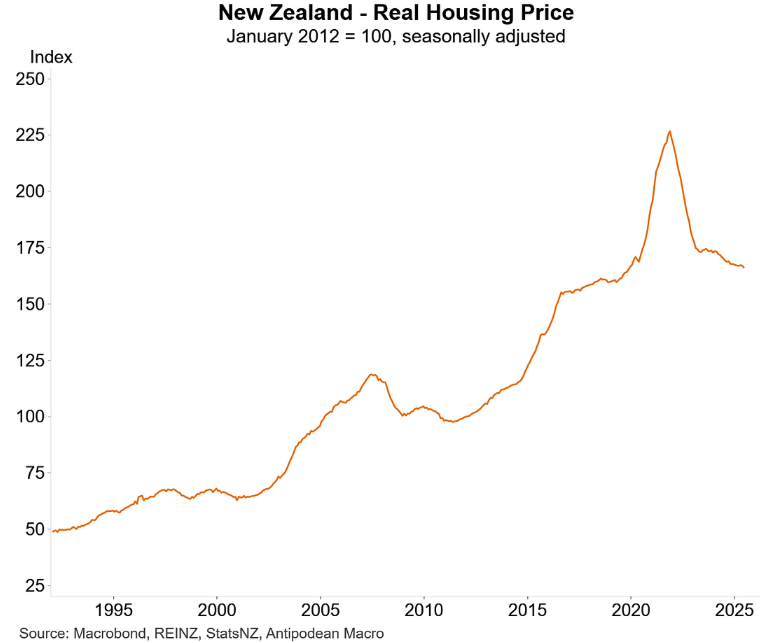
As a result, New Zealand’s median house price-to-income ratio is tracking at decade lows:
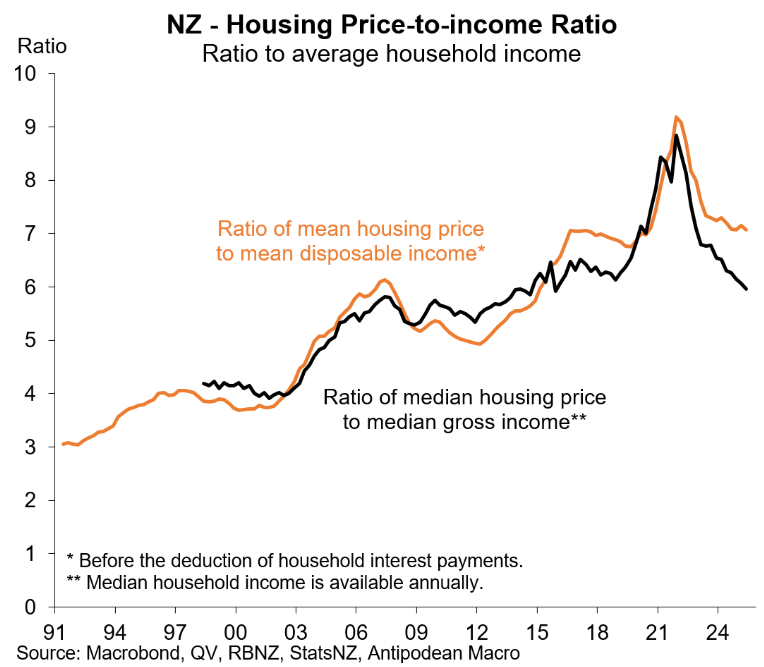
At the same time, the Reserve Bank of New Zealand has cut interest rates by 2.25% and has almost lowered mortgage rates to pre-pandemic levels:
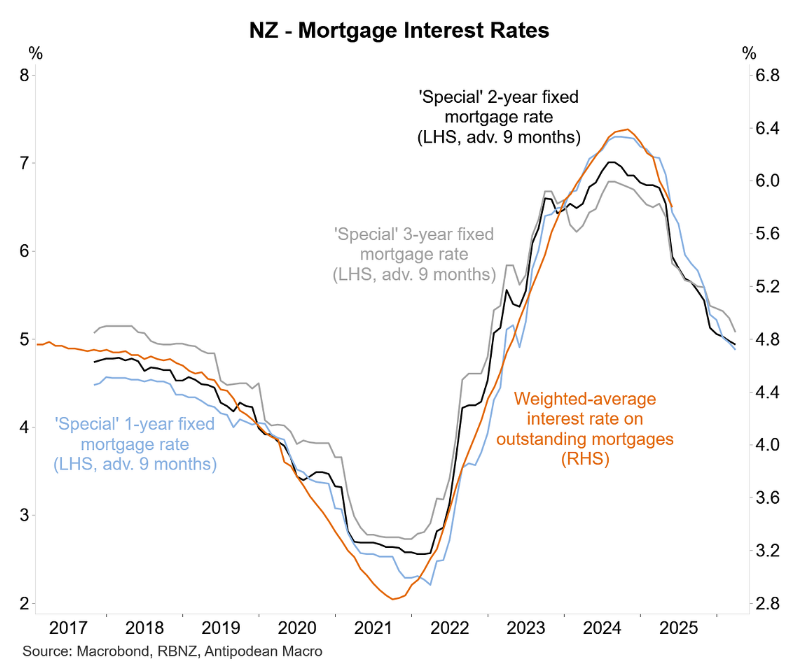
The combination of lower home prices and falling mortgage rates has driven mortgage repayment affordability to decade lows.
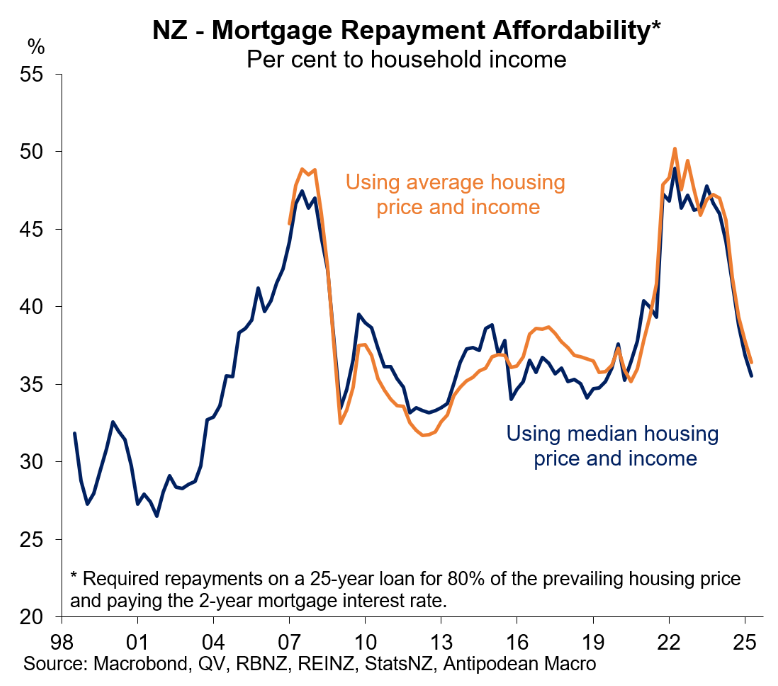
Finally, tenants have also benefited from plunging rental inflation, which has improved rental affordability.
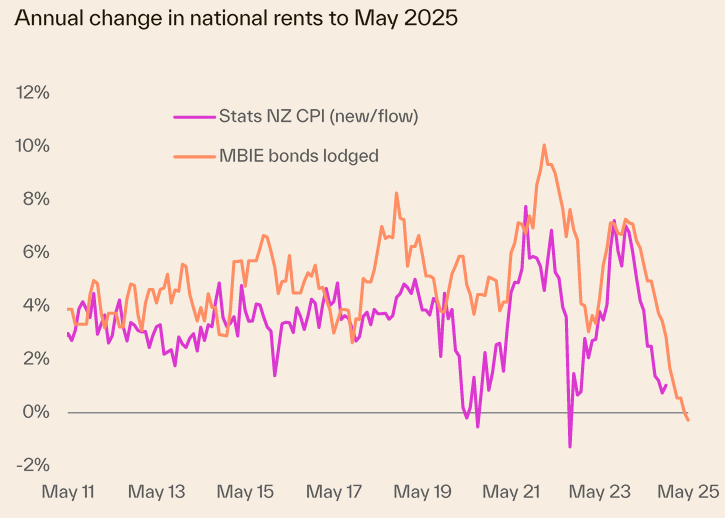
New Zealand’s experience shows what happens when a government does not intervene to support the housing market and lets it deflate. Affordability improves.
Australian policymakers should follow New Zealand’s lead and deflate the housing bubble.

